Montana State’s WTI awarded $6.4 million by federal Transportation Department for workforce development
MSU News Service; Skip Anderson October 30, 2024 BOZEMAN — The U.S. Department of Transportation has awarded the Western Transportation Institute at Montana State University a grant to assist workforce development in the railway sector across the state of Montana. The $6.4 million grant is part of an infrastructure initiative funded by the DOT’s Federal […]
Rob Ament Retires After 18 Years with WTI
We are both sad and honored to announce that Rob Ament has retired after 18 years with WTI. Rob is one of the early pioneers of our Road Ecology program and, as Program Manager, has grown it into the world-renowned focus area it is today. Having spent his childhood exploring the Mississippi River, Rob developed his love of ecology […]
David Kack Hands WTI Director Role to Kelvin Wang
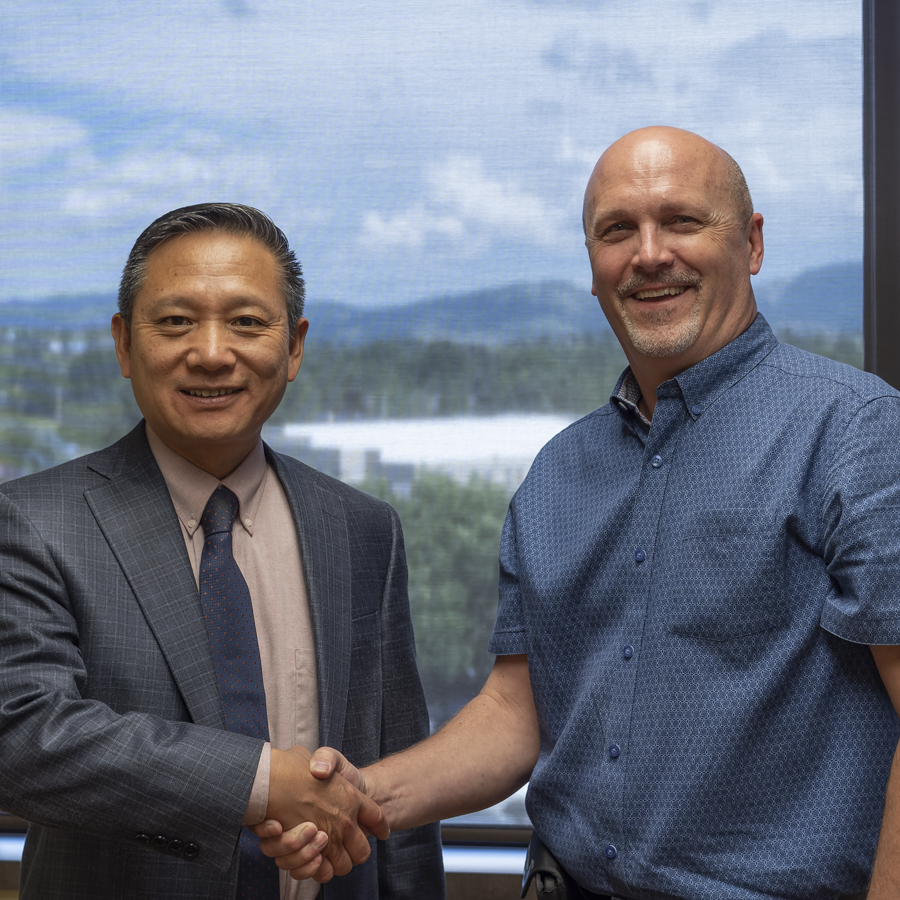
A word from our staff: As Montana State University prepares for the start of the Fall semester, August is also bringing change to WTI as we welcome a new director. As many of you may know, David Kack and his family have started a new life chapter in Tennessee, and while David will continue remotely […]
BREAKING NEWS: Animals Gather Amid World-Wide Roadway Protests
Collective Calls for Humans to “Share the Road” By Mike Price Field Correspondent In a shocking turn of events, animals worldwide have taken to roadways, creating massive blockades and bringing traffic to a standstill. It appears that the tragic death toll caused by animal-vehicle collisions (AVCs) has pushed many species to their limit of tolerance. The range […]
IN THE NEWS: WTI Road Ecology Program Manager: Montreal Presentation Featured in International News Service
WTI’s Road Ecology Program Manager, Rob Ament, participated in a half-day event, held on the side of the Convention on Biological Diversity’s Global Biodiversity Framework meetings in Montreal, Canada on December 15, 2022. Hosted by the Infrastructure and Nature Coalition at the Nature Positive Pavilion, Rob led off the session devoted to “Nature Positive Infrastructure: […]
Animal Crossing: New Research Guides Efforts to Protect California’s Amphibians and Reptiles from Road Danger
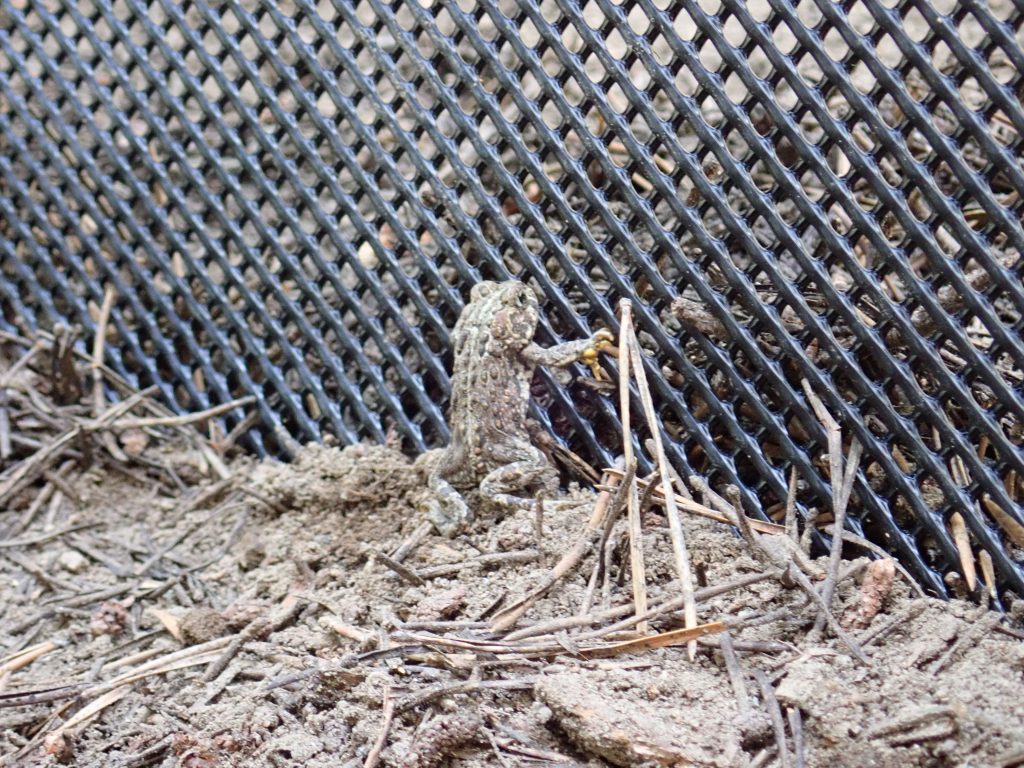
Companion video shows underground crossing structures in action Roads can be dangerous for California’s reptiles and amphibians, but a five-year study and new video show that there are effective strategies to help these animals cross roads safely. The California Department of Transportation (Caltrans) released the results of the study this week in a comprehensive, […]
NPS Plans Safety Improvements Based on WTI Study
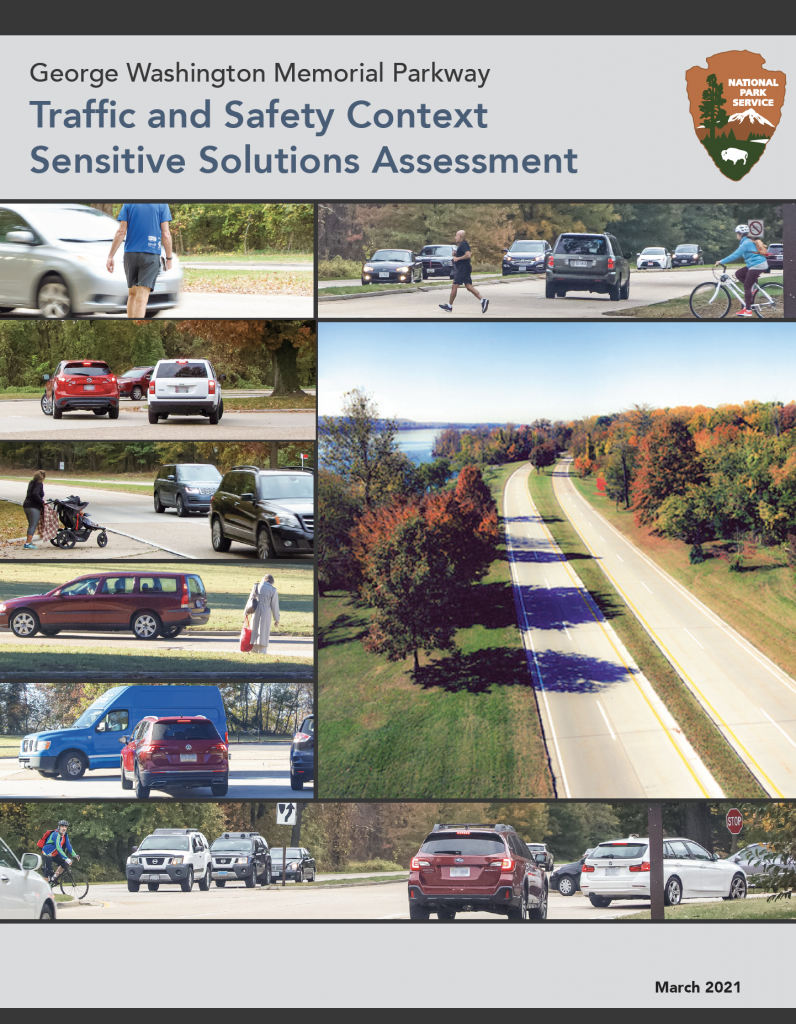
Along a historic parkway in Virginia, the National Park Service (NPS) will soon begin improvements to enhance safety for drivers, pedestrians, and cyclists. In a recent news release, the NPS announced planned safety measures for the George Washington Memorial Parkway, which runs along the Potomac River near George Washington’s Mount Vernon Estate. The Parkway serves […]
Student Research Opportunities: Five Positions Available with Bozeman Commute Rebrand Project
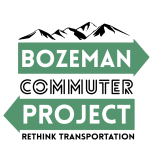
Summary: The Western Transportation Institute (WTI) is seeking five MSU students for part-time, paid positions to support the development and implementation of a project to rebrand a local, online commuter platform. Seeking students in marketing, graphic design, engineering, public health and sustainability. Apply by November 13th, 2020. Background Many people who work in Bozeman live […]
Message from the Director: Our Research and Work Continues

Greetings from WTI! To staff, research partners, and friends of WTI who read our newsletter, I hope you are all staying safe and healthy. During this extraordinary time, we are all understandably focused on the immediate and critical needs of ourselves, our families, and our communities. To the extent possible, however, WTI continues to conduct […]
Do You Know a Good Candidate for the Public Lands Transportation Fellows Program?
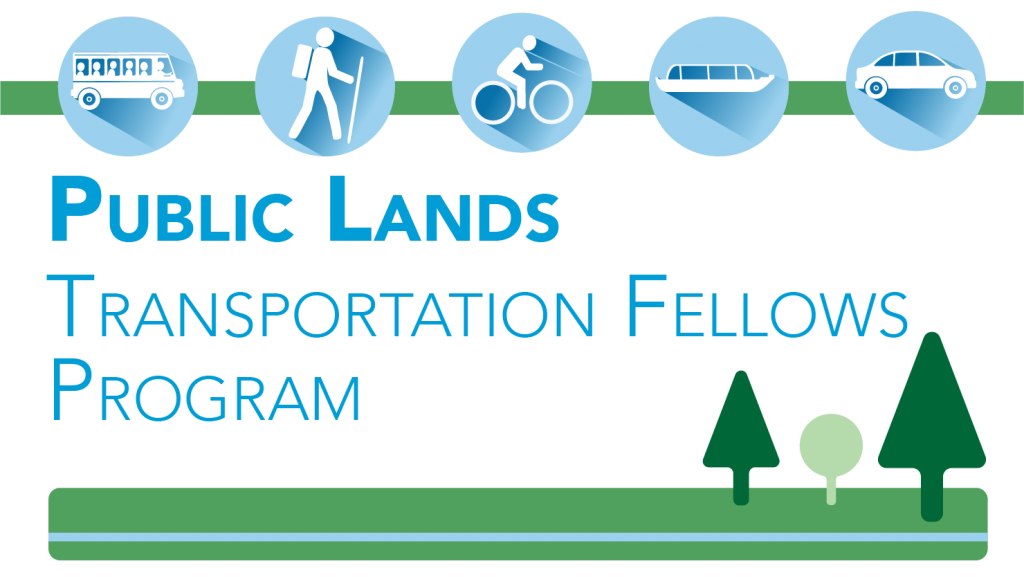
The application process for the 2020 Public Lands Transportation Fellows (PLTF) Class is now open!! The PLTF program provides fellowships to recent graduates (sometimes current graduate students) in a transportation-related engineering, planning, or resource management program. They receive a unique opportunity for learning, career development, and public service within a federal land unit or agency […]
